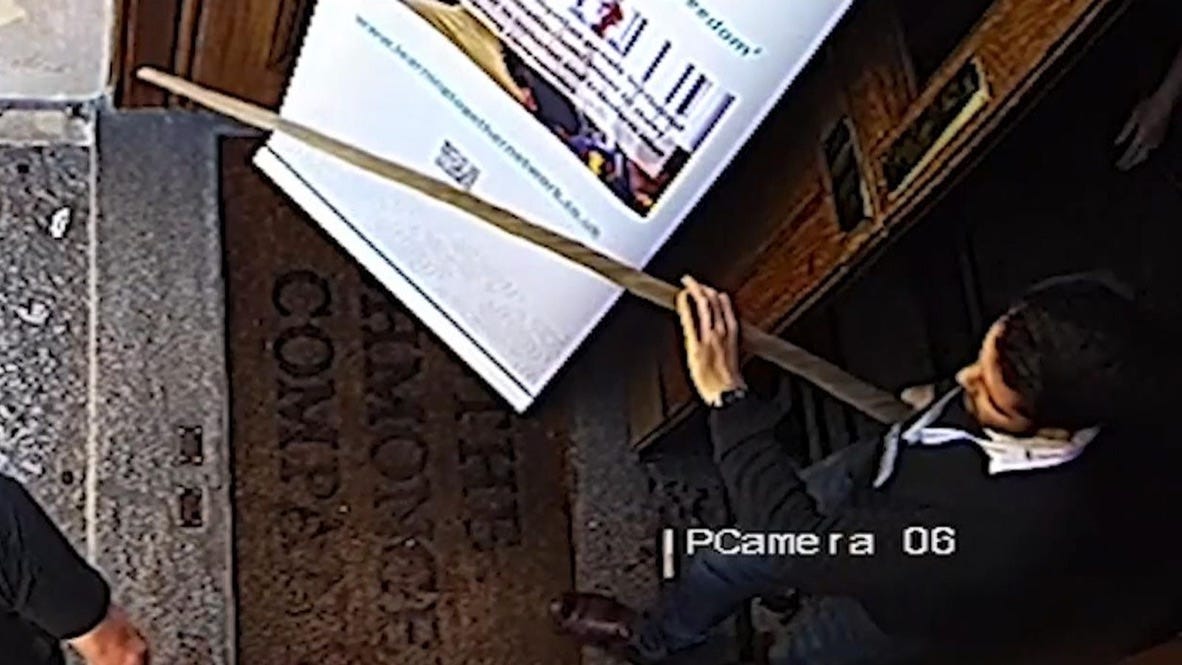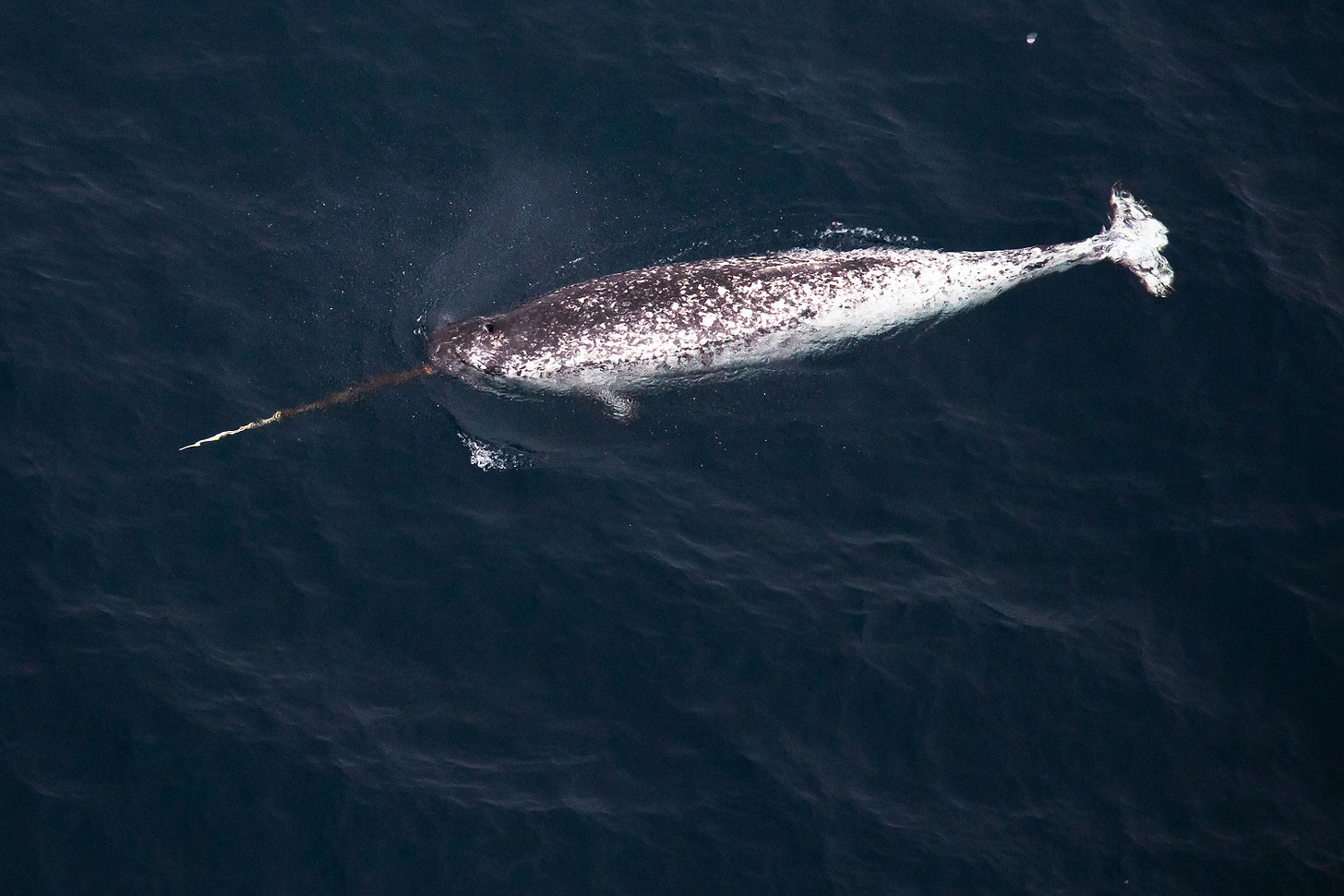Witnessing a Vehicle Ramming Attack
And no narwhal tusk in sight.
Good Evening:
Today on #DogShirtTV, Eve Gaumond and I welcomed the estimable Gia Kokotakis to discuss her recent experience on the ground at the Bourbon Street vehicle-ramming attack a few days ago. Gia is, somewhat ironically, an expert on vehicle ramming attacks, which she has studied—and written about—in her graduate studies at Kings College London.
We talked about the development of car-ramming attacks, their spread from the Islamist terrorist world to a more ideologically diverse group of actors, and we talked about that weird time a horrific vehicle ramming attack was broken up by a guy wielding the tusk of a narwhal.
Here’s Gia’s piece on the car ramming attack she saw in New Orleans and the phenomenon more generally. It opens:
When I started writing about car-ramming terrorist attacks, I never expected to be present at a deadly one.
But after what had been a lovely New Year’s celebration, I approached my hotel in New Orleans at approximately 3:15 am on Jan. 1. Just as I reached the building, screaming erupted. The cries came from a block away on Bourbon Street, the most famous street in the city’s historic French Quarter and where I had stood barely 10 minutes earlier.
I wondered for a moment if the crowds had just gotten rowdy, as can happen in the Quarter, especially on as festive an occasion as New Year’s Eve. But no, these cries had a horrified, gut-wrenching ring to them that cut through the other sounds of celebration. I would soon learn that a man had driven a pickup truck through a crowd of revelers nearby, killing 14 and injuring dozens more. He was allegedly inspired by the Islamic State.
I have studied the use of vehicles in attacks by homegrown Islamist terrorists in work I am doing as a graduate student studying terrorism. Now, I could hear the horrific aftermath of the deadliest vehicular ramming terrorist attack on American soil. In the wake of this violence, the American people and global security community have once again joined together in shock, mourning, and outrage.
Today On Lawfare
Unpacking WhatsApp’s Legal Triumph Over NSO Group
Asaf Lubin evaluates the U.S. District Court for the Northern District of California’s ruling finding that the NSO Group violated U.S. laws and WhatsApp’s terms of service by installing spyware on the messaging app’s servers. Lubin discusses the decision’s potential legal implications, as well as the court’s failure to resolve critical questions:
While the ruling represents a symbolic victory for WhatsApp, its broader legal impact is limited by the nature of the evidentiary sanctions imposed. Rather than resolving key legal ambiguities—such as the scope of personal jurisdiction over spyware companies or the substantive interpretation of contractual breaches—the court sidestepped these issues by relying on NSO’s uniquely egregious failure to produce evidence. This approach—while effective in sending a message to companies like NSO Group that ignoring discovery orders is a failed strategy—does little to establish a substantive precedent that could guide future spyware litigants or courts.
Memory Wars at the United Nations After Russia’s 2022 Invasion of Ukraine
Patryk Labuda examines how collective memories of major historical events such as World War II and the Cold War have influenced UN member states’ diplomacy and response to the Russian invasion of Ukraine:
Collective memories of major historical events such as World War II and the Cold War, as well as of broad periods of empire and colonialism, have shaped states’ responses to Russia’s invasion of Ukraine, including on international legal questions like aggression, accountability, and reparations. Looking at the different ways in which memory has shaped diplomacy before the UN General Assembly and Security Council illustrates the importance of moving beyond simplified depictions of the world, often framed along a binary “Global North versus Global South” or “the West versus the Rest” axis, to understand how interpretations of the past influence states’ positions on issues of global concern such as armed conflicts, climate change, or reparations.
Podcasts
On Lawfare Daily, Tyler McBrien sits down with Jessica Pishko to discuss her new book, “The Highest Law in the Land: How the Unchecked Power of Sheriffs Threatens Democracy.” They discuss the origins of the constitutional sheriffs movement, the powers of the office, and the appeal it has for the far-right:
Videos
In the latest Lawfare Live event, which took place early this evening, I talk to Lawfare Senior Editor Quinta Jurecic, Renee DiResta, Daphne Keller, Dave Willner, and Kate Klonick about Meta’s decision to end its fact-checking program:
And coming up on Jan. 10 at 3 p.m. ET, Lawfare’s Tarbell Fellow in Artificial Intelligence Kevin Frazier will talk to Lawfare Senior Editor Alan Rozenshtein and Senior Staff Attorney at the Knight Institute Ramya Krishnan about the Supreme Court oral arguments over the legislation passed by Congress that bans TikTok unless its parent company ByteDance divests from the app:
Today’s #BeastOfTheDay is—of course—the narwhal, whose medieval and early modern depictions are of perfect and indisputable accuracy. We present a selection thereof for your enjoyment, in chronological order. Behold the wisdom of our ancestors:
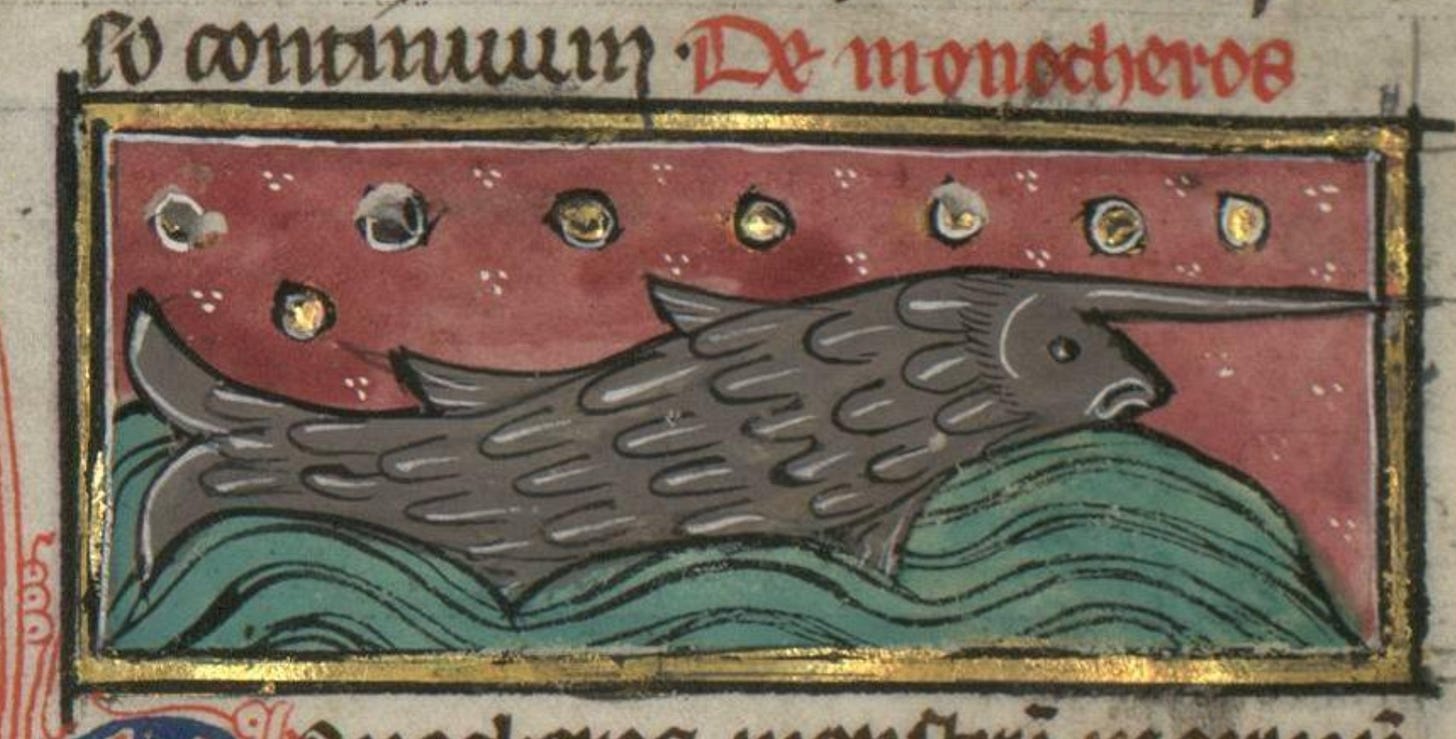
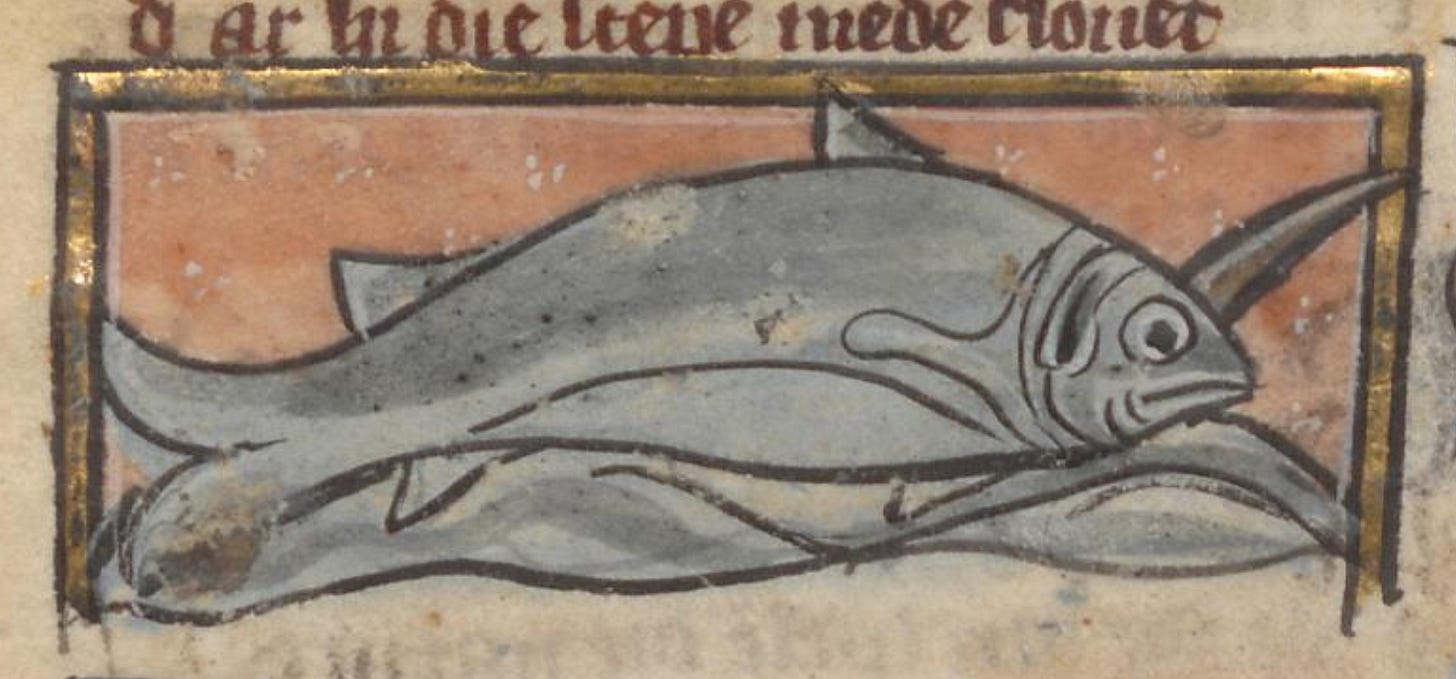
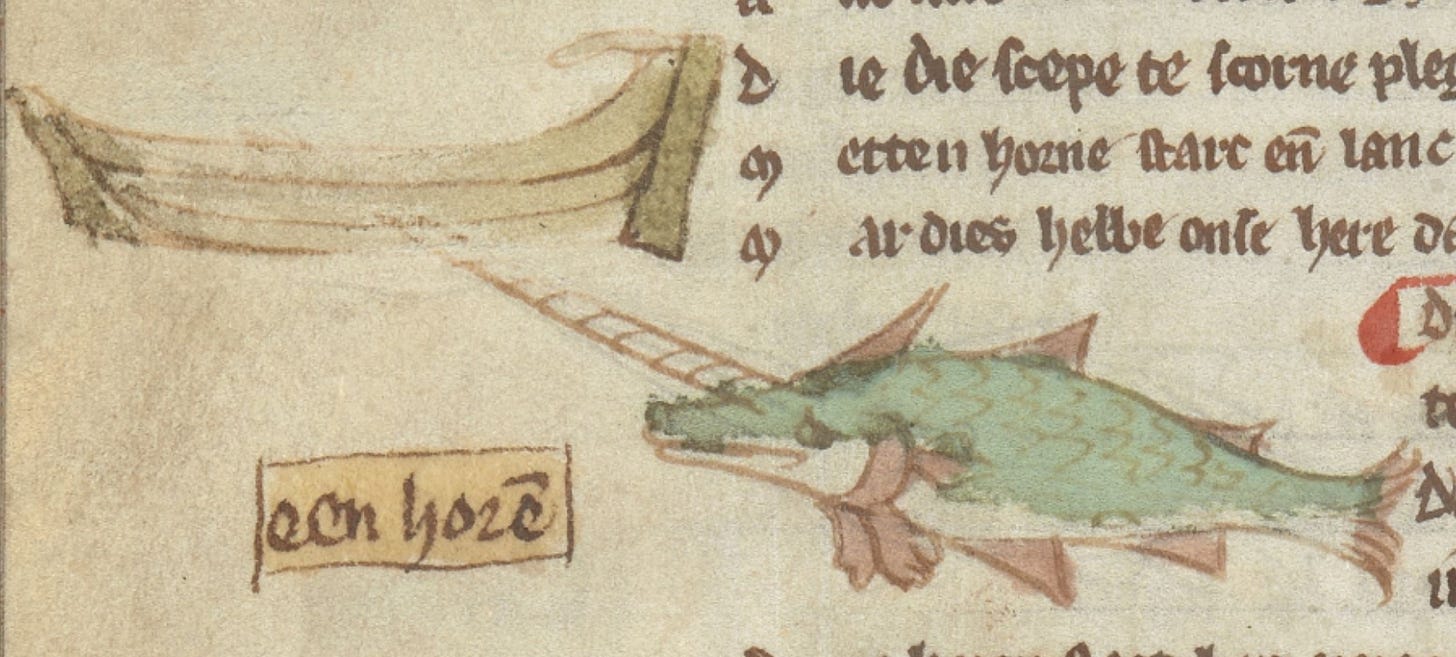
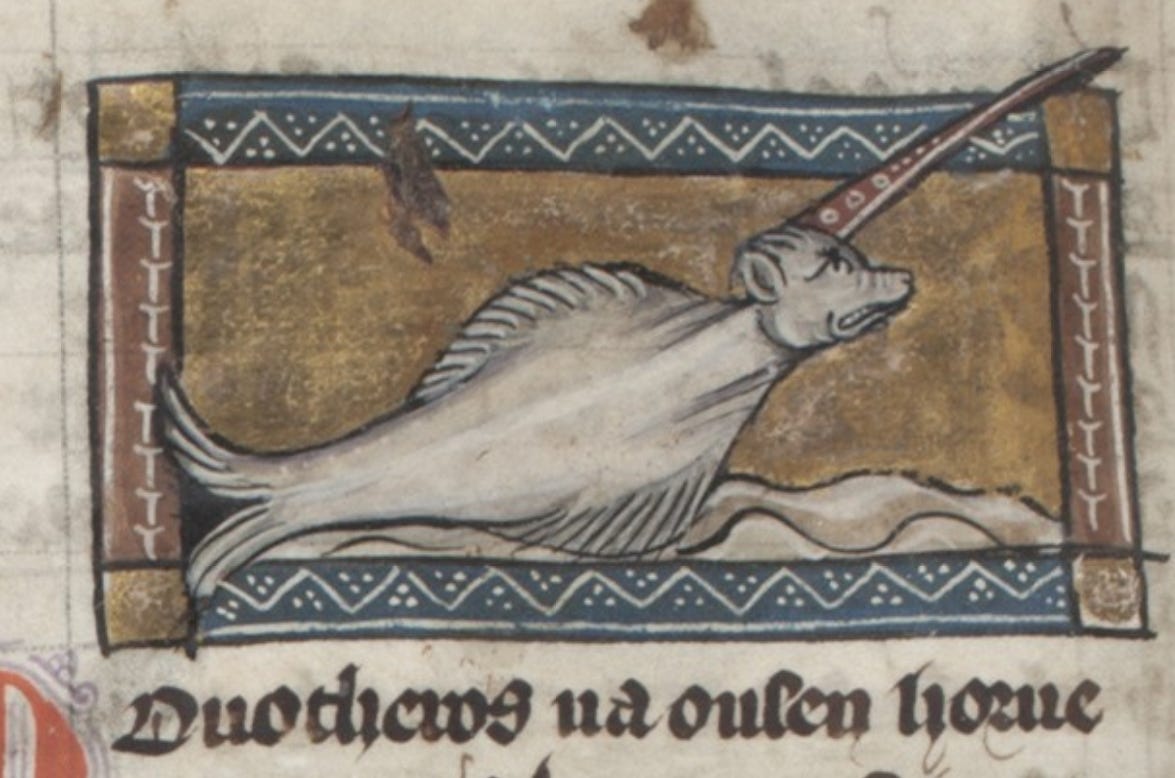
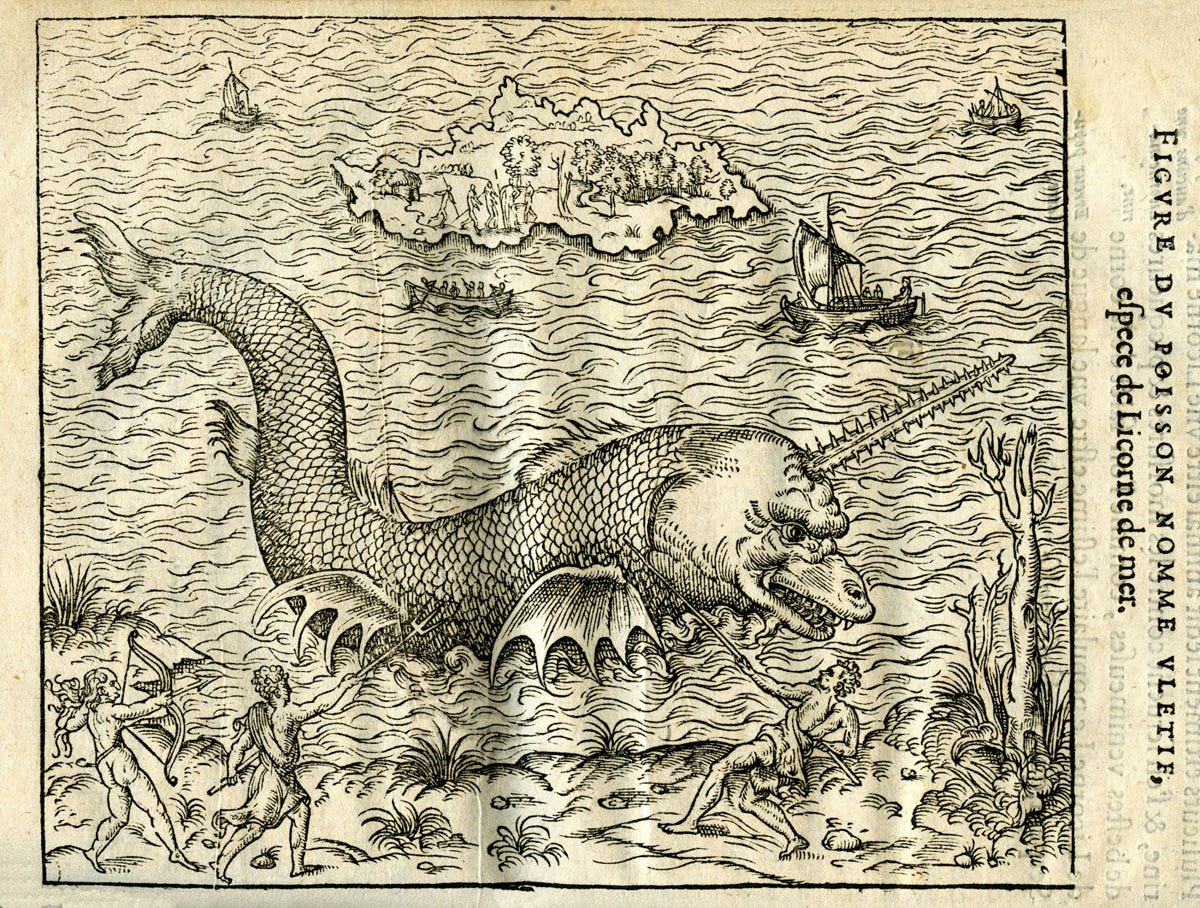
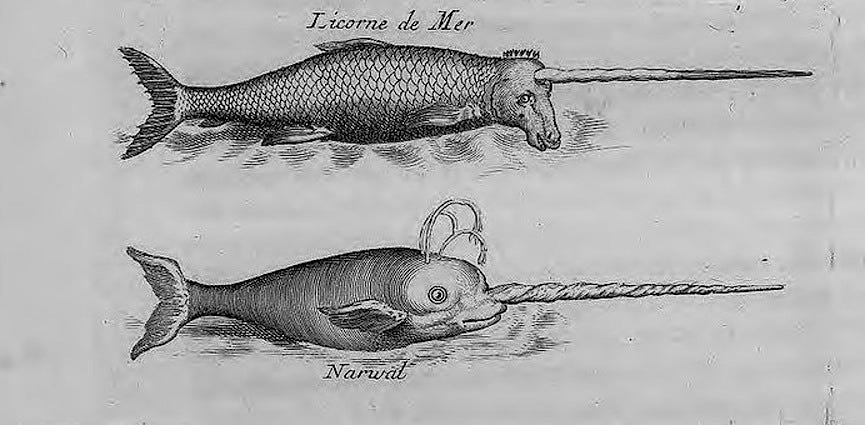
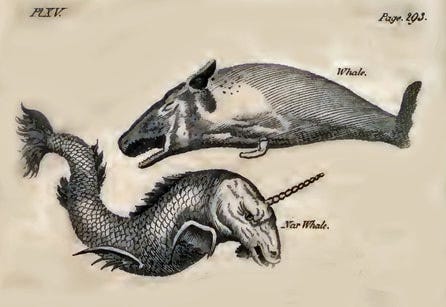
By the way, the narwhal looks like this:
And contrary to common mythology, we do actually now know what the tusk is for. According to an article entitled, “Sensory ability in the narwhal tooth organ system,” published in 2014 in the journal, The Anatomical Record, by no less illustrious a group of authors than Martin T. Nweeia, Frederick C. Eichmiller, Peter V. Hauschka, Gretchen A. Donahue, Jack R. Orr, Steven H. Ferguson, Cortney A. Watt, James G. Mead, Charles W. Potter, Rune Dietz, Anthony A. Giuseppetti, Sandie R. Black, Alexander J. Trachtenberg, and the great Winston P. Kuo himself:
The functional significance of the erupted narwhal tusk has been the subject of conjecture and theory since the writings of Albertus Magnus in 1495 (Magnus, 1495). It has been thought to serve as an acoustic probe (Best, 1981; Reeves and Mitchell, 1981), possibly associated with sound transmission (Ford and Fisher, 1978; Best, unpublished B.Sc. Thesis, University of British Columbia, 1972); a thermal regulator (Dow and Hollenberg, 1977); a swimming rudder (Kingsley and Ramsay, 1988); a breathing organ; a spear for hunting or finding food (Vibe, 1950; Harrison and King, 1965; Ellis, 1980; Bruemmer, 1993); an aggressive weapon in interspecific fighting (Brown, 1868; Beddard, 1900; Lowe, 1906; Geist et al., 1960) or self-defense against predators (Buckland, 1882; Gray, 1889: Freuchen, 1935); and a tool used for breaking the ice (Scoresby, 1820; Tomlin, 1967), digging (Freuchen, 1935; Pederson, 1960; Newman, 1971), or resting on ice (Porsild, 1918). Many studies describe the tusk as a secondary sexual characteristic used in aggressive encounters or intraspecific display (Lowe, 1906; Norman and Fraser, 1949; Miller, 1955; Silverman, 1979) associated with tusk fracture and head scarring (Porsild, 1922; Silverman and Dunbar, 1980), and to establish social hierarchy amongst males (Scoresby, 1820; Hartwig, 1874; Mansfield et al., 1975; Silverman and Dunbar, 1980; Gerson and Hickie, 1985).
All of these prior authors, over more than half a millennium, got the poor beast and its tooth entirely wrong. In fact, according to the article’s abstract:
The erupted tusk of the narwhal exhibits sensory ability. The hypothesized sensory pathway begins with ocean water entering through cementum channels to a network of patent dentinal tubules extending from the dentinocementum junction to the inner pulpal wall. Circumpulpal sensory structures then signal pulpal nerves terminating near the base of the tusk. The maxillary division of the fifth cranial nerve then transmits this sensory information to the brain. This sensory pathway was first described in published results of patent dentinal tubules, and evidence from dissection of tusk nerve connection via the maxillary division of the fifth cranial nerve to the brain. New evidence presented here indicates that the patent dentinal tubules communicate with open channels through a porous cementum from the ocean environment. The ability of pulpal tissue to react to external stimuli is supported by immunohistochemical detection of neuronal markers in the pulp and gene expression of pulpal sensory nerve tissue. Final confirmation of sensory ability is demonstrated by significant changes in heart rate when alternating solutions of high-salt and fresh water are exposed to the external tusk surface. Additional supporting information for function includes new observations of dentinal tubule networks evident in unerupted tusks, female erupted tusks, and vestigial teeth. New findings of sexual foraging divergence documented by stable isotope and fatty acid results add to the discussion of the functional significance of the narwhal tusk. The combined evidence suggests multiple tusk functions may have driven the tooth organ system's evolutionary development and persistence. Anat Rec, 297:599–617, 2014. © 2014 Wiley Periodicals, Inc.
It’s also used for foiling vehicle ramming attacks.
Now you know.
Keep reading with a 7-day free trial
Subscribe to Dog Shirt Daily to keep reading this post and get 7 days of free access to the full post archives.




